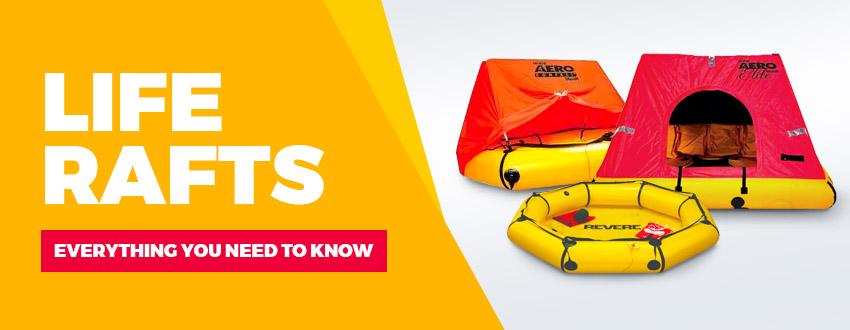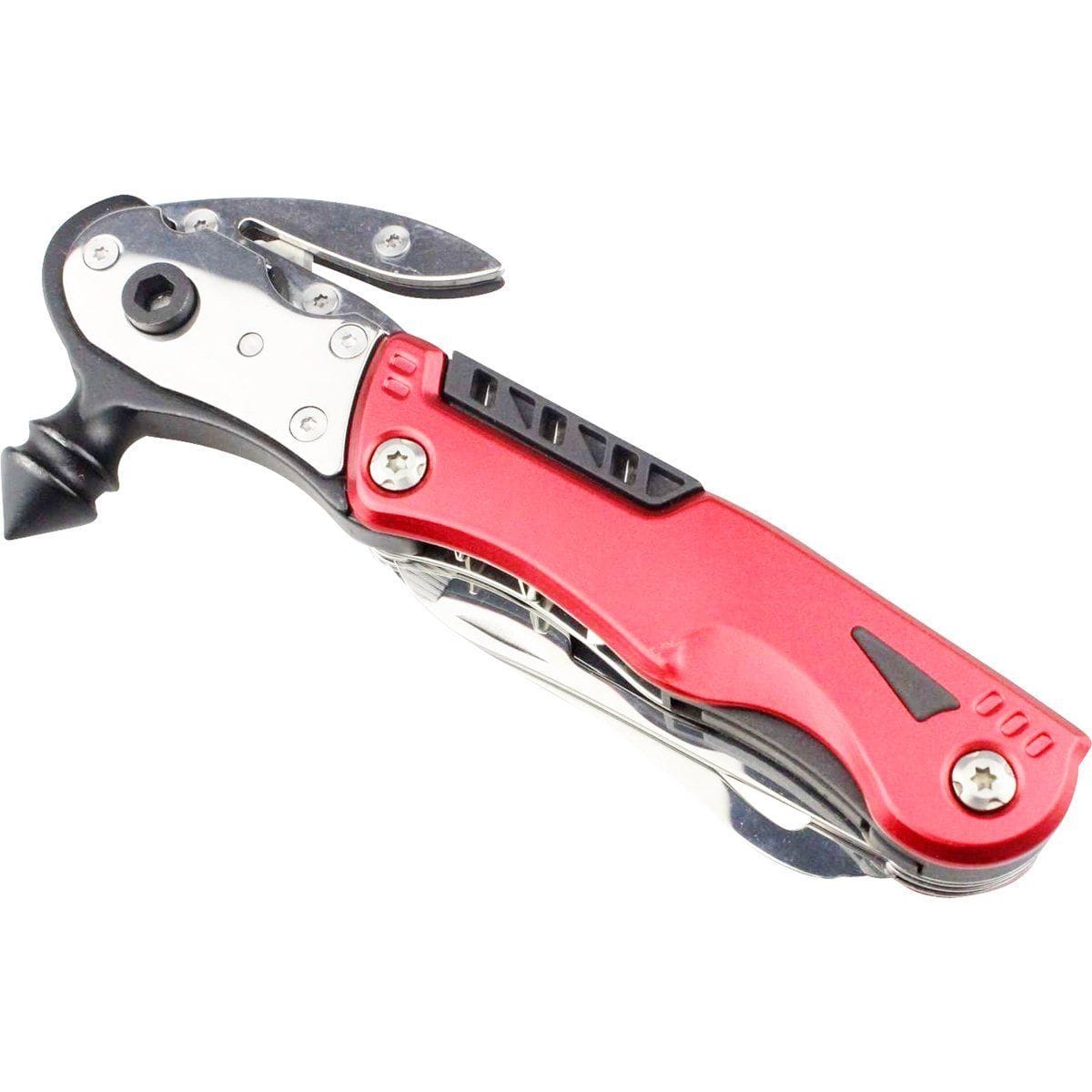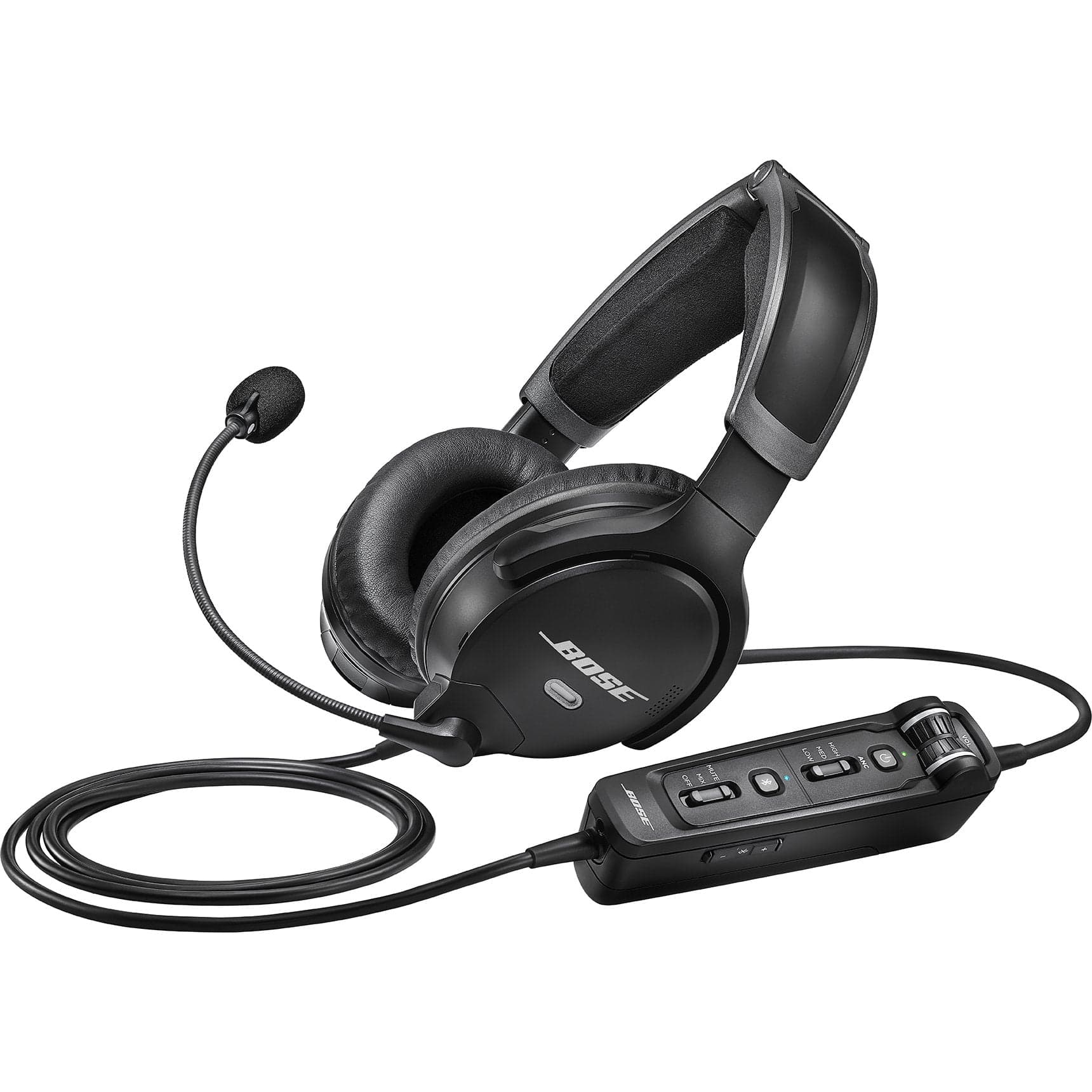Also Read:
- Aviation Survival Equipment Buyers Guide
- Pilot’s Guide to Aviation Life Vests [Part 2: Survival Equipment Series]
Where is your next big flight going to take you? Do you dream of leaving land and cruising over a vast expanse of ocean? If that upcoming adventure includes an extended overwater flight path, double check the FAA list of required survival equipment and confirm that you comply with any applicable requirements.
Aviation life raft requirements for overwater flight
Two of the key items on the FAA’s list are life rafts and life vests. As a pilot you should have one life vest per person along with enough life rafts of “appropriate buoyancy and sufficient capacity” for everyone on board your aircraft.
If this is your first time outfitting your aircraft with a full survival kit loadout, you undoubtedly have more than a few questions.
In our 2-part survival equipment series we will address your most frequently asked questions and share what you need to know to set your plane up for overwater flights.
To kick off Part 1, let’s jump right in to the life rafts.
What you must know about life rafts
Per the FAA and general common sense, we know we should have room on our life rafts for everyone on board. What you probably want to know now are how life rafts work, what size you need, the options that are available and how to actually use your raft should you find yourself in the water.
We will start with a quick overview of how a life raft works (stay tuned for specific usage tips and tricks later).
How does a life raft work?
Life rafts come carefully folded and stowed in a carrying bag that fits in your aircraft. In an emergency, you deploy the raft and pull a cord to manually activate the compressed gas inflator system. This fully inflates the life raft in about fifteen seconds.
Once the raft is deployed and inflated, you and your crew climb in and await rescue.
Naturally there are other important things you need to know about life raft usage, but before we dive into the specifics, first you’ll want to select the best raft for your needs.
What size life raft should I use?
The starting point for selecting a life raft is to calculate how many people you need it to hold. Rafts are rated to accommodate 2 to 8 people, depending on style.
That may sound simple, but keep in mind that life rafts are a lot like camping tents in the sense that the number of people you can actually fit is affected by additional variables.
Consider the average size of the people that will be on board as well as the length of time you could conceivably be in the water prior to rescue. For example, a four-person raft may be perfectly adequate for 4 adults for a couple of hours, but if your flight takes you over more remote waters where rescue could be delayed, you may wish to upgrade to the roomier 6-person raft.
What styles of life rafts are available?
Once you know what size life raft you need, you can narrow down your options and start comparing the extra features like canopies, survival kits, reinforced designs and other upgrades.
Revere Aero Compact Liferafts
The Revere Aero Compact series of life rafts are all rated to hold a maximum of 4 people (An entry level 2 man without canopy is available). They are available either with or without a canopy to protect you from the elements. Aero Compact rafts work for General Aviation use, however be aware that they are not FAA approved for commercial aircraft.
All the Aero Compact life rafts, starting with the basic Revere Aero Compact Liferaft for Aviation 4 Person, are outfitted with a sea anchor, raft knife and Coast Guard approved locater light that is water activated. Two-hundred-pound ballast pockets provide extra stability in rough seas.
Want to make your overwater flight outfitting extra simple? Revere offers life raft options that come complete with a standard, standard deluxe or deluxe survival kit.
The Revere Aero Compact Liferaft Aviation 4 Person Canopy/Standard Kit has all the features of the basic Revere Aero Compact Liferaft plus a bright orange manually inflatable protective canopy. The included standard survival kit sets you up with a first aid kit, distress flag, signal mirror, signal flare kit, whistle, flashlight and batteries, drinking water, food rations and sea dye marker.
Upgrade to the Revere Aero Compact Liferaft Aviation 4 person w/Canopy & Standard Kit Plus to receive the raft, standard kit, and additional gear including a desalting kit (potentially a literal life saver if you run out of fresh water), survival manual and utility knife.
The top of the line Revere Aero Compact option is the Revere Aero Compact Liferaft Aviation 4 Person Canopy & Deluxe Kit. Choose this model if you will be crossing oceans and have the potential for being in the water for an extended period prior to rescue. The extra features of the deluxe kit set you up for longer-term survivability and include a radar-reflective thermal blanket, compass, paddles, fishing kit, repair kit and more.
Revere Aero Elite Liferafts
Is maximum safety important for you? Do you need a raft that can accommodate more people? The Elite line of Revere liferafts have extra safety features and are designed to hold either 4, 6 or 8 people.
The upgraded Elite rafts are also designed to withstand heavy seas and longer waits for recovery. The raft body is a large 13” diameter tube with vertical safety bulkheads creating two separate air compartments so the raft can still float if one side is punctured. An auto inflatable boarding ladder, insulated floor (to reduce the risk of hypothermia), auto-inflating canopy, zippered windows and flashing strobe round out the safety features.
The 4-person Aero Elite raft comes with a survival kit containing 2 red hand flares, a signal mirror, a repair kit, paddles, a whistle and a watertight flashlight with batteries. The 6-person rafts and 8-person rafts also supply 2 Coast Guard signal flares, a floating knife and seasickness pills.
How do I use my life raft?
You’ve chosen your life raft and it’s loaded onto your plane in a clean, dry, cool location where hopefully it will remain for the duration of its lifetime without ever needing to be used.
But here’s the thing – all the safety and survival gear you can buy does no good if you don’t know how to use it.
The good news is that Revere Survival’s life rafts are intuitive and easy to operate. Word to the wise: the rafts aren’t designed to be test inflated, except by qualified maintenance technicians, so as fun as it sounds, avoid the temptation to engage in hands-on practice.
Instead, review the deployment instructions on a regular basis and visualize the process. Inspect your raft so that you are familiar with the location of the inflation lanyard or painter line that you will be holding onto or tying off while you toss the raft overboard.
Your owner’s manual will walk you through the specific deployment procedures for your individual raft, but the basics are:
- Put on your life vest.
- Gather any important gear you need to take with you in the life raft.
- Remove the life raft from its stowage location and position it by an open door.
- Grab and hold the inflation lanyard or painter line, or attach to a fixed point on the aircraft.
- For Aero Compact rafts:
- While maintaining a firm grip on the lanyard, throw the raft overboard.
- Pull on the lanyard until you have pulled out about 6 feet.
- Give the lanyard a quick, sharp tug to pull the inflator pin and start the inflation process.
- Once the raft is inflated, tie the lanyard to a strong, sturdy attachment point on the aircraft.
- For Elite Series rafts:
- Pull out about 6 feet of painter line, then secure the line to a strong, sturdy attachment point.
- Throw the raft overboard, keeping the top side facing up if possible.
- Pull out remaining painter line (about 50 feet) until line is taut.
- Give a hard, fast pull on the line using about 25 pounds of force to start the inflation process.
- Board the raft and if your raft has a canopy, erect it.
It may sound counter-intuitive to secure a life raft to your sinking aircraft, but remember that the location of the crash is the first place rescuers will come looking. If the plane sinks before rescuers arrive, the inflation lanyards and painters lines are both designed to break free of the craft rather than allowing the raft to be pulled under. Because you prepared, you will also have a knife on you to cut the line if for some reason it fails to break.
Key Takeaways
Life rafts and life vests are critical safety gear components for extended overwater flights. Remember to stock your aircraft with a raft or rafts of appropriate size and buoyancy for everyone on board. Review the deployment and use instructions so that in case of a water landing, you and your passengers are prepared. If you need to deploy your raft, remember to hang onto or secure the line to the aircraft during deployment so the raft doesn’t float away.
Read our Aviation Survival Equipment Buyers Guide & Pilot’s Guide to Aviation Life Vests [Part 2: Survival Equipment Series]








